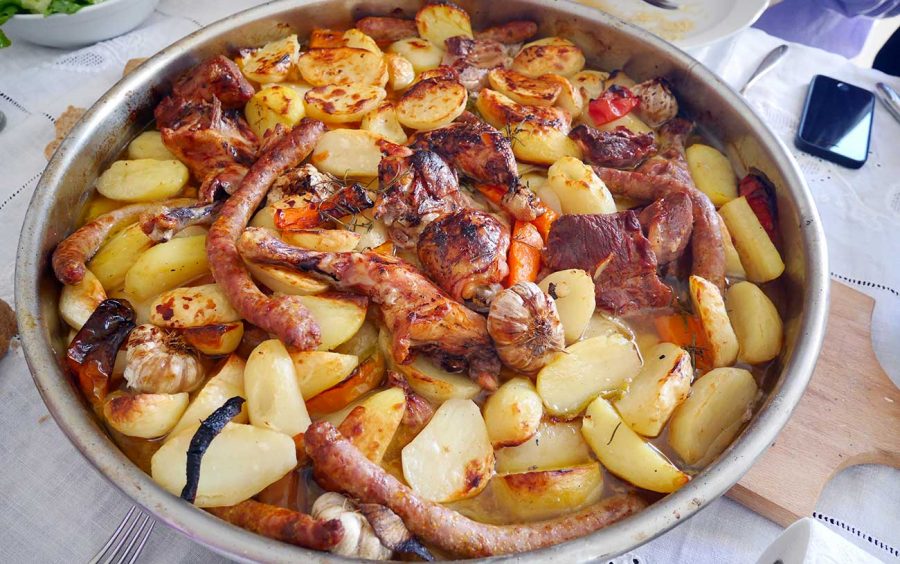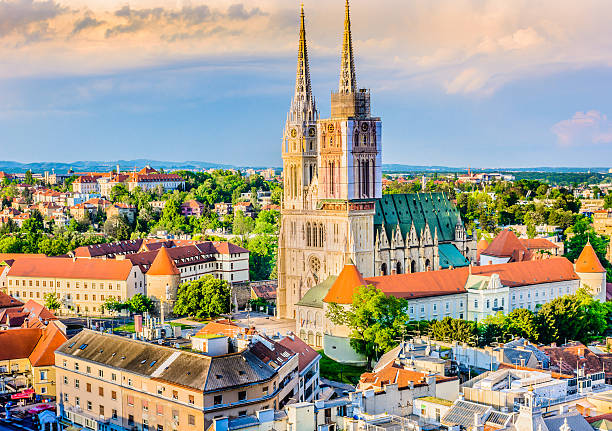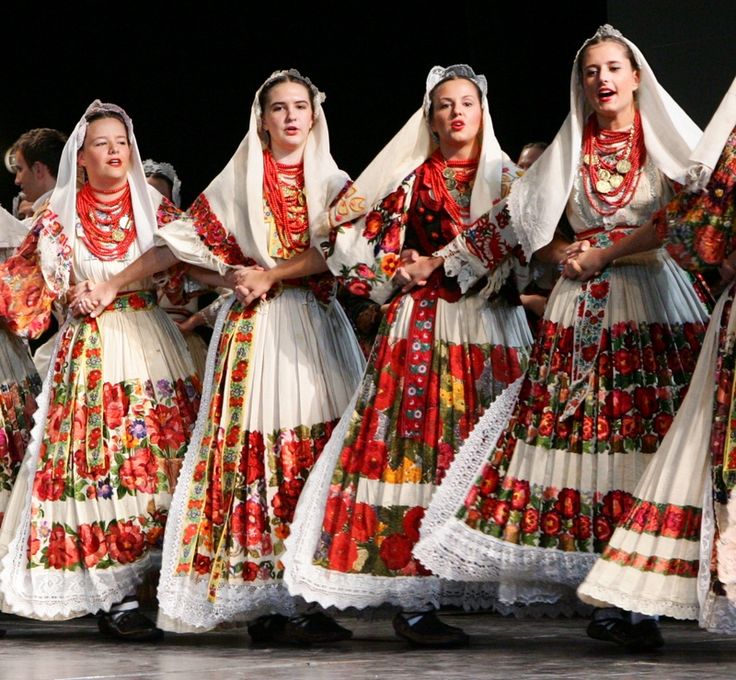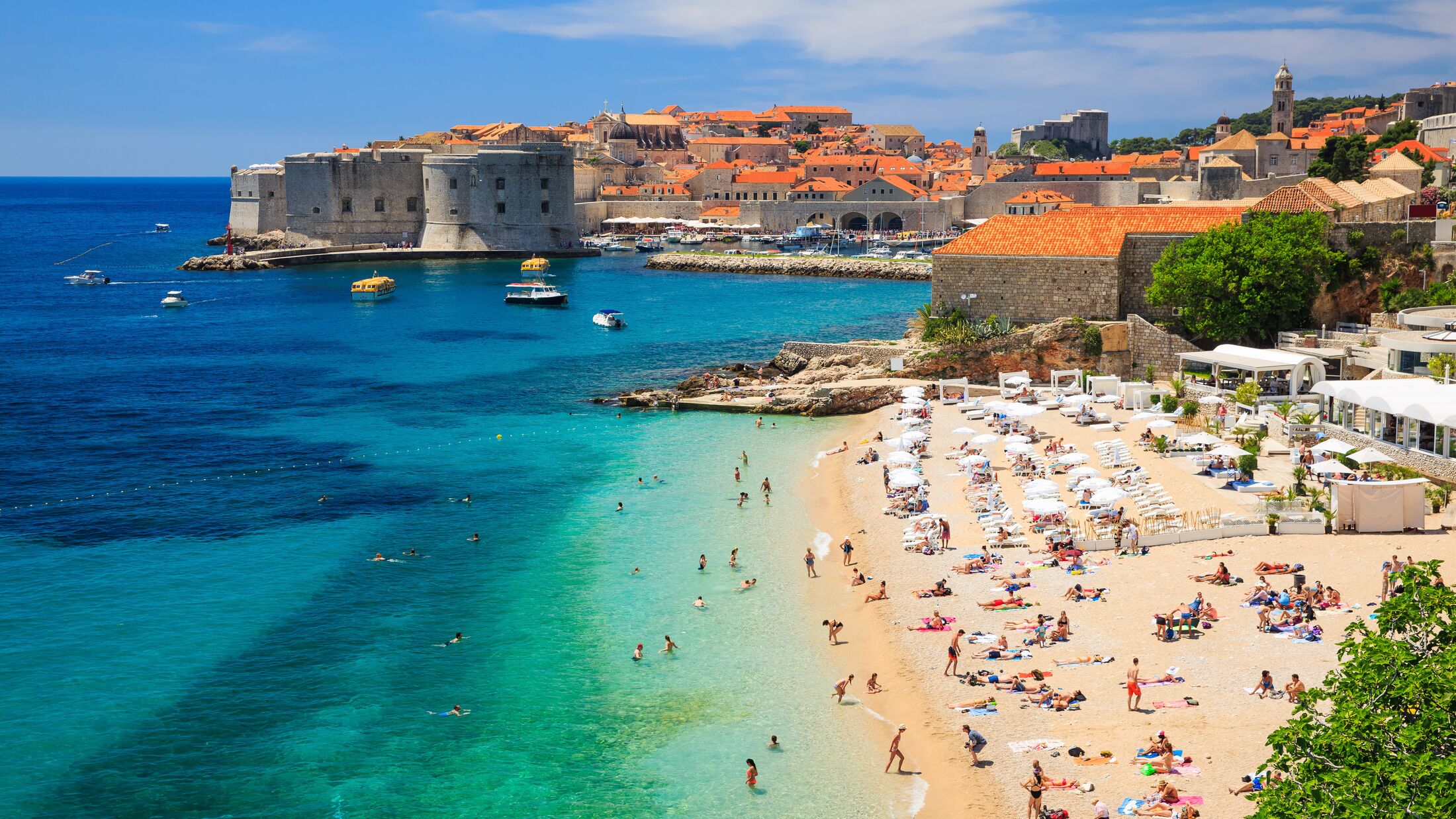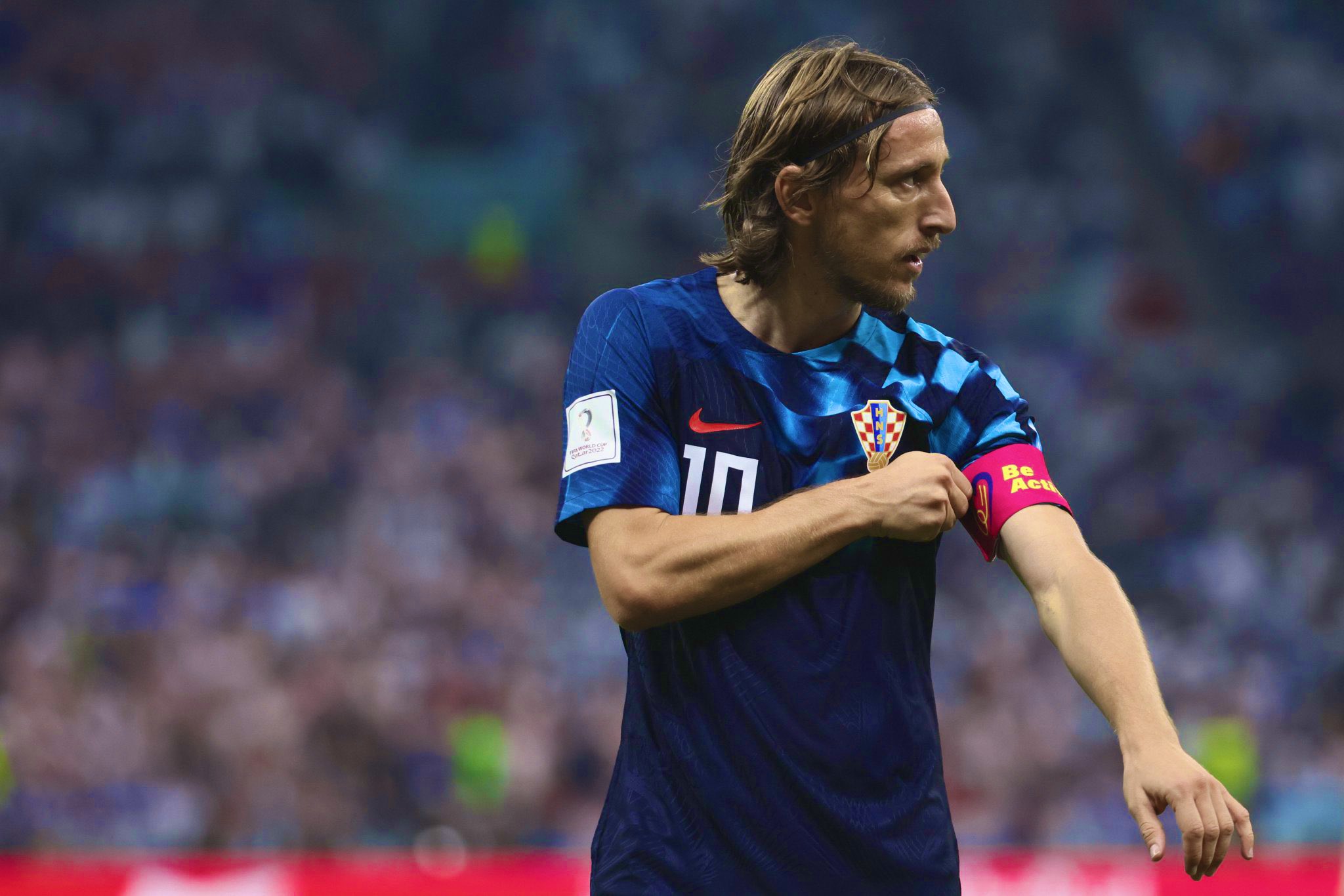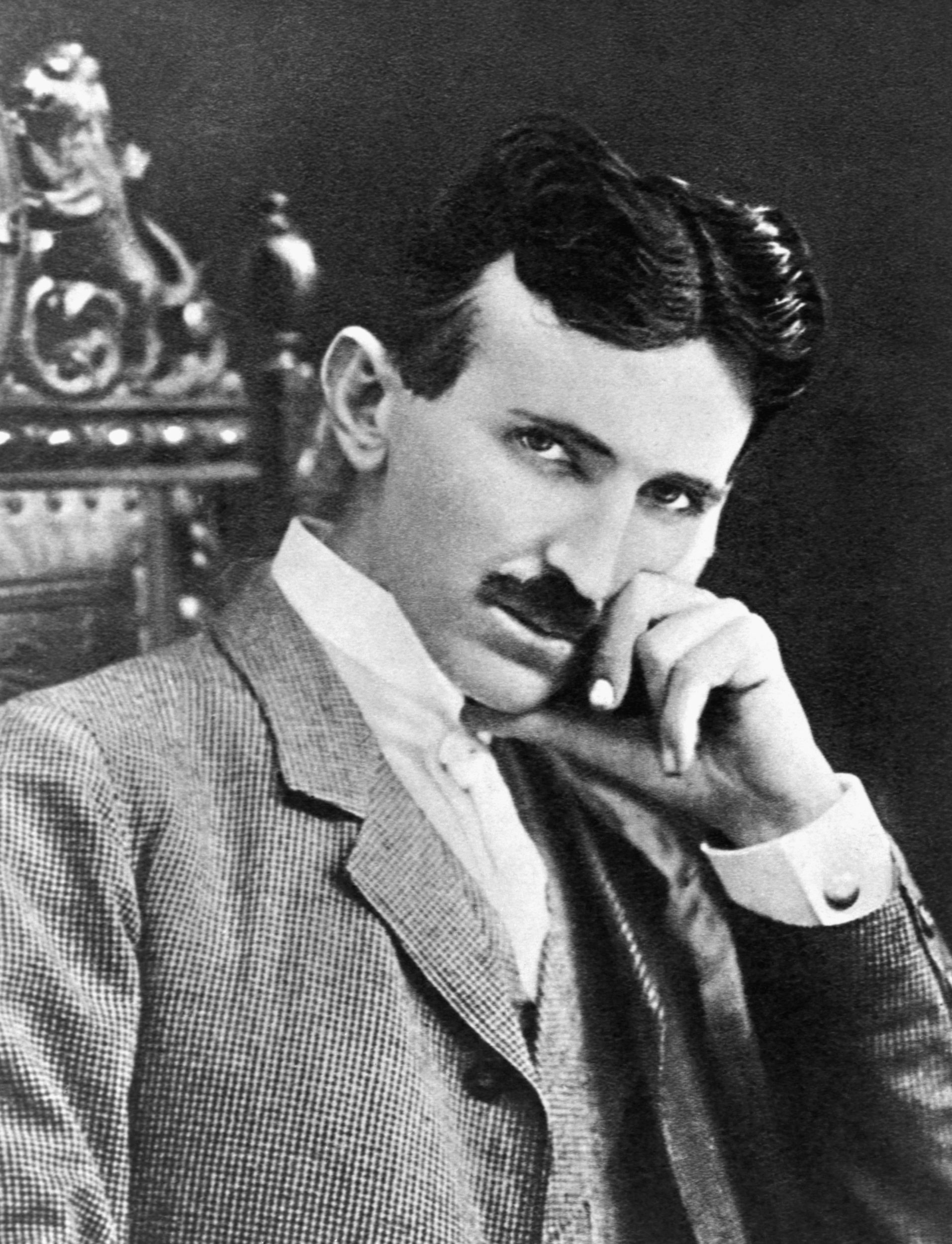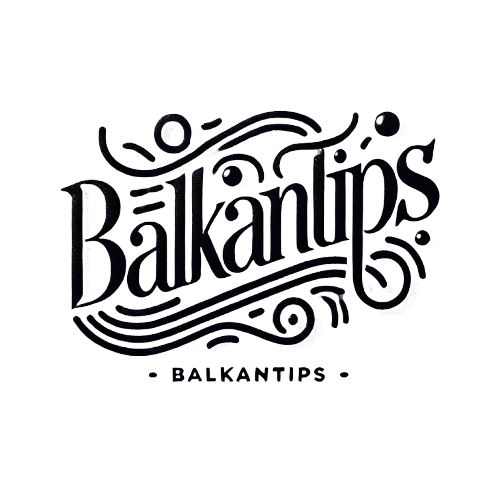

Explore the stunning Adriatic coast, rich culture, and unique history of Croatia.
Croatia's history is long and varied, shaped by its position between larger European powers. Here are key periods in Croatia's historical development: Ancient Times: Croatia's earliest known inhabitants were the Illyrians and Celts. Later, the region became part of the Roman Empire, leaving a rich legacy, including the famous Diocletian's Palace in Split. Medieval Croatia: The Kingdom of Croatia was established in the early Middle Ages (925 AD). King Tomislav is considered the first king of Croatia, and the nation thrived during this period as a kingdom of great regional influence. Union with Hungary: In 1102, Croatia entered a personal union with Hungary, which lasted until the Ottoman invasions in the 16th century. Ottoman and Habsburg Rule: Parts of Croatia were under Ottoman rule, while others came under the Habsburg Monarchy. This period saw a division between the territories, but also the preservation of Croatian cultural identity through resistance movements and a series of wars. Austro-Hungarian Empire: After the defeat of the Ottomans, Croatia fell under the Habsburgs and later became part of the Austro-Hungarian Empire until the end of World War I. Yugoslavia: After World War I, Croatia joined the Kingdom of Serbs, Croats, and Slovenes (later Yugoslavia). Following World War II, it became part of Socialist Yugoslavia. Independence: Croatia declared independence from Yugoslavia in 1991, leading to the Croatian War of Independence. The war ended in 1995 with Croatia fully gaining its independence. EU Membership: Croatia joined the European Union in 2013, becoming a key player in the region.
Croatian culture is a blend of Mediterranean, Central European, and Eastern European influences. The country is famous for its traditional folk music, dance, and crafts. UNESCO recognizes Croatia’s klapa singing, a form of acapella music, as an Intangible Cultural Heritage of Humanity.
Art and Architecture Visual Arts: Croatia has a vibrant art scene, with influences from both modern and traditional styles. Notable artists include Ivan Meštrović, a renowned sculptor. Architecture: Reflects a mix of styles, including Roman, Gothic, Renaissance, and Baroque. Significant landmarks include: Diocletian's Palace in Split. Dubrovnik's Old Town, a UNESCO World Heritage site. Zagreb Cathedral, known for its stunning Gothic architecture.
Festivals and Celebrations Carnival: Celebrated in various regions, with colorful masks, parades, and traditional music. Summer Festivals: Cities like Dubrovnik host summer festivals featuring classical music, dance, and theater. Christmas and Easter: Rich traditions with unique customs, including decorating Easter eggs and festive markets during Christmas.
Cuisine Regional Diversity: Croatian cuisine varies significantly from region to region, influenced by geography and history. Dalmatian Cuisine: Known for seafood, olive oil, and Mediterranean herbs. Istrian Cuisine: Features truffles, wine, and traditional pasta dishes. Slavonian Cuisine: Hearty meat dishes, such as kulen (spicy sausage) and various stews. National Dishes: Some popular dishes include: Peka: Meat and vegetables slow-cooked under a bell-like dome. Sarma: Cabbage rolls filled with minced meat and rice. Strukli: A traditional pastry made with cheese.
Prehistoric and Ancient Periods Neolithic Settlements: The earliest evidence of human habitation in Croatia dates back to the Neolithic era, with archaeological sites such as Vučedol near the Danube River. Roman Rule: From the 1st century BC to the 5th century AD, much of present-day Croatia was part of the Roman Empire. Key cities like Pula, Split, and Zadar were established during this time, with significant Roman infrastructure and culture.
Croatia has a long and complex history dating back to ancient times. It was part of the Roman Empire and later the Kingdom of Croatia was established in the Middle Ages. Throughout its history, Croatia has been part of various empires, including the Austro-Hungarian Empire. Croatia declared independence from Yugoslavia in 1991, marking the beginning of the Croatian War of Independence.
Migration Period (5th to 8th Centuries) Slavic Settlement: In the 6th and 7th centuries, Slavic tribes migrated to the region. The Croats, a South Slavic people, settled in the area that is now Croatia, establishing early communities. Formation of Principalities: The Croats formed several principalities, with the most notable being the Duchy of Pannonia and the Duchy of Croatia
Kingdom of Croatia (10th Century) Formation of the Kingdom: In 925, Tomislav became the first king of a united Croatian kingdom, which marked the formal establishment of the Kingdom of Croatia. Cultural Flourishing: This period saw the development of a distinct Croatian identity, with the influence of Christianity, which was introduced in the 9th century.
Union with Hungary (1102) Personal Union: In 1102, the Kingdom of Croatia entered a personal union with the Kingdom of Hungary. Although maintaining some autonomy, Croatia became increasingly tied to Hungarian interests. Cultural Exchange: This period facilitated cultural and economic exchanges between the two kingdoms.
Ottoman Period (16th to 18th Centuries) Ottoman Conquest: By the 16th century, large portions of Croatia fell under Ottoman rule, leading to significant territorial and demographic changes. Resistance and Defense: Many Croats resisted Ottoman advances, leading to the establishment of the Military Frontier, a borderland for defense against the Ottomans.
Habsburg Monarchy (18th to 19th Centuries) Austro-Hungarian Influence: Following the decline of the Ottoman Empire, Croatia came under Habsburg control. This period saw the gradual integration of Croatia into the Habsburg Monarchy. National Awakening: The 19th century witnessed the rise of national consciousness among Croats, marked by the Illyrian Movement, which aimed to unify South Slavic peoples.
World War I: After the war, Croatia became part of the Kingdom of Serbs, Croats, and Slovenes (later Yugoslavia) in 1918. World War II: During WWII, Croatia was part of the Independent State of Croatia (NDH), a puppet state of Nazi Germany. This period was marked by significant violence, including the persecution of Serbs, Jews, and anti-fascist Croats. Post-War Yugoslavia: After the war, Croatia became a republic within the Socialist Federal Republic of Yugoslavia, leading to a complex political and social environment.
Declaration of Independence: In 1991, Croatia declared independence from Yugoslavia, leading to the Croatian War of Independence (1991-1995) against the Yugoslav People's Army and Serbian forces. International Recognition: Croatia gained formal recognition as an independent state in 1992, becoming a member of the United Nations. Post-War Development: The country has since focused on rebuilding and developing its economy, joining NATO in 2009 and the European Union in 2013.
Early Origins of the Croatian Language
Proto-Slavic Roots: The origins of the Croatian language can be traced back to Proto-Slavic, the common language spoken by the early Slavic tribes. These tribes began migrating to the Balkans in the 6th and 7th centuries AD. Over time, as these groups settled in different regions, distinct Slavic languages emerged.
Arrival of the Croats: The Croats, a South Slavic people, migrated to the area of present-day Croatia around the 7th century AD. They spoke a form of Old Slavic (or Old Church Slavonic), which eventually evolved into the Croatian language we know today.
Old Church Slavonic Influence: Old Church Slavonic was the first Slavic literary language, codified in the 9th century by Saints Cyril and Methodius, Byzantine missionaries who were sent to the Slavic lands. Though it was primarily used for religious texts, it had a significant influence on the early forms of Croatian, particularly in religious and ecclesiastical contexts. The Glagolitic script, the oldest known Slavic alphabet, was used in early Croatian writing and religious texts, and it later transitioned into the Cyrillic and Latin alphabets.
Development in the Medieval Period Three Main Dialects: By the medieval period, the Croatian language had diversified into three main dialects, which are still relevant today: Shtokavian: The most widely spoken dialect, and the basis of the modern standard Croatian language. Chakavian: Spoken primarily in the coastal areas and islands, especially in Dalmatia and Istria. Kajkavian: Predominantly spoken in the northern regions, including Zagreb and the surrounding areas. Glagolitic Script: In the early medieval period, Croats used the Glagolitic script, the oldest known Slavic alphabet, to write their language. This script was developed by Saints Cyril and Methodius in the 9th century to facilitate the translation of liturgical texts into the Slavic languages. Glagolitic was used primarily for religious purposes, and many early Croatian texts were written in it. Latin and Cyrillic Influence: Over time, the Glagolitic script was gradually replaced by the Latin and Cyrillic scripts. The Latin script became dominant due to Croatia's ties with Western Europe and the Roman Catholic Church, while Cyrillic was more prevalent in regions influenced by Orthodox Christianity.
The 19th Century and the Illyrian Movement Illyrian Movement: In the 19th century, Croatia experienced a national revival known as the Illyrian Movement (1830s-1840s). This cultural and political movement aimed to unite all South Slavs under a single cultural and linguistic umbrella, using a common language. As part of this effort, Croatian intellectuals sought to standardize the language, and the Shtokavian dialect was chosen as the basis for the standardized Croatian literary language, as it was the most widespread. Ljudevit Gaj: One of the leaders of the Illyrian Movement, Ljudevit Gaj, played a crucial role in promoting the use of a standardized Croatian language. He also standardized the use of the Latin script for Croatian and introduced the Gaj’s Latin alphabet, which is still used today. His reforms included the adoption of certain orthographic rules and the promotion of Shtokavian as the basis of literary Croatian. Standardization: The standardization of Croatian in the 19th century involved incorporating elements from all three major dialects (Shtokavian, Chakavian, and Kajkavian), but Shtokavian served as the primary model. This period also saw the publication of grammar books and dictionaries that helped solidify the rules of the standardized language.
Dialects Today: Today, Croatian is spoken in three main dialects: Shtokavian, Chakavian, and Kajkavian, though the standardized form of Croatian is based on the Shtokavian dialect. Shtokavian is also the basis for Serbian, Bosnian, and Montenegrin, though there are distinct differences between them. Latin Script: Croatian uses the Latin script, with some diacritical marks unique to the language (such as č, ć, š, ž, and đ). The Latin script was adopted widely in the 19th century and is the official script of modern Croatian. Modern Influences: Croatian continues to evolve, with influences from English, Italian, and German, particularly in the context of tourism, technology, and international relations.
Phonology: Croatian has a phonemic inventory that includes five vowels and a rich array of consonants, many of which are formed by palatalization. This gives Croatian its distinctive sound compared to other South Slavic languages. Grammar: Croatian is a highly inflected language, meaning that nouns, pronouns, and adjectives change their form depending on their role in a sentence. There are seven grammatical cases in Croatian (nominative, genitive, dative, accusative, vocative, locative, and instrumental), making it a complex language for learners. Vocabulary: Croatian vocabulary is largely of Slavic origin, but it has also been influenced by Latin, Italian (especially in coastal regions), and more recently, English.
